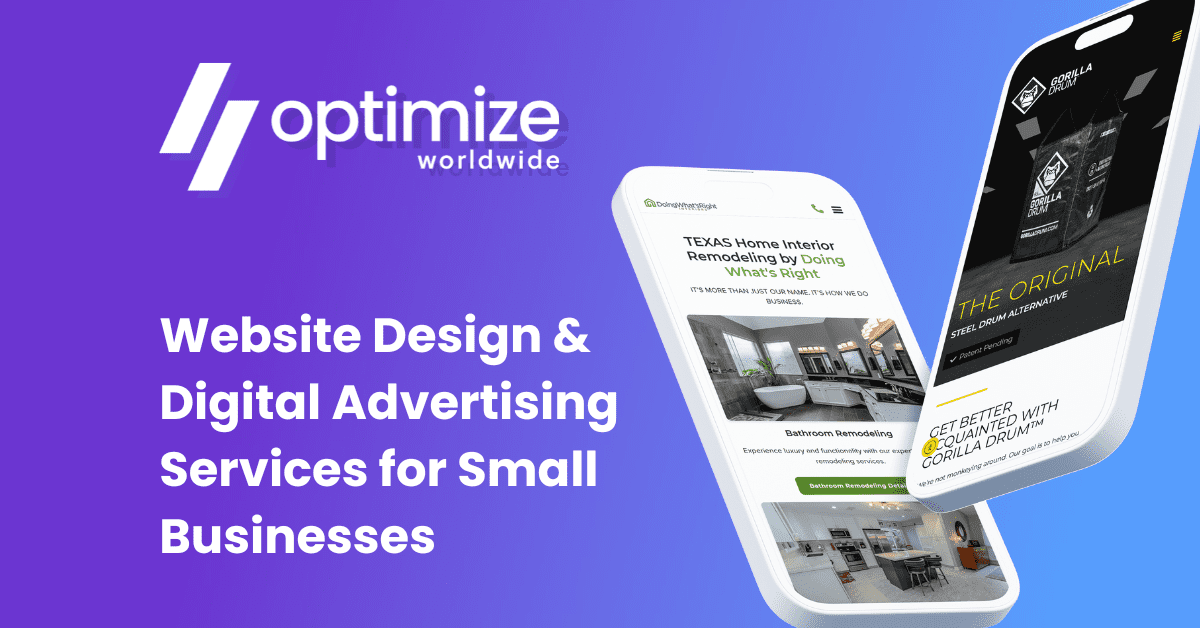An ad is only as good as its ability to get customers to your website—or door. When you’ve spent hours creating an ad, it’s disheartening when all you get is a flatline. If that’s happening, your ad may need some resuscitation. Check it for the following signs of ebbing life.
There’s no call to action.
A call to action is the line that tells the customer what to do to cash in on your generous offer. It might tell the customer to click to find out more about your exciting gadget or service or to visit your new location for a fantastic 30 percent off sale or to buy your top-of-the-line bike helmet.
The call to action has to be there. And it needs to be clear about what you want your customer to do. Don’t make them guess. Ask them to “shop now,” “purchase now,” “learn more,” or “call”. Just get them to click.
It doesn’t grab attention.
Maybe your ad looks like every other ad out there. Or it just looks blah and gets easily dismissed. An online ad is competing against a sea of text and images. You’ve got to find a way to command attention because your ad has five seconds or less to make an impression.
A great image can speak a thousand words. For example, a bakery is going to get a lot more orders if they put a full-color image of their melt-in-your-mouth apple pie on the ad. You can bet that the bakery is going to have a run on apple pies, at least. Make the mouths of your customers water. Convince them that they absolutely need your apple pie.
It’s got design problems.
If you tapped into your inner graphic designer and produced a work of homemade art, check with an objective colleague. Does your ad confront them with too many images or overbearing colors? Does it look like it came from the ‘90s? (Note: the rocker fonts aren’t helping—unless of course, you’re promoting your rockstar band or rockstar chips.)
If your ad looks confusing, overwhelming, or dated, your click-rate is going to suffer. The design of an ad has everything to do with how well it’s doing.
It’s got text problems.
If your ad has too much text on it and readers zone out before they get to your call of action, you’re trying to say too much. All it takes is an image and a few words. This is not the time for wordiness or a five-step explanation of why your product is the best.
Another turn-off is spelling or grammatical errors. These types of oversights can make your brand look subpar in a hurry.
Put simply, your text needs to communicate your message clearly—in a few words.
It’s got the wrong audience.
Now, if your ad was perfectly designed and crafted, but it’s not gathering clicks, there may be another problem—your target audience. Advertising golfing supplies to young women in their 20s is not going to win you a lot of clicks. However, targeting that same ad to men in their 50s and 60s will get results.
You can select sub-niches within your regular customer base to target specific ads. If your normal market is men who like to golf, you can choose to target this one to men who love to golf in a specific area in Arizona.
You forgot to test it.
Finding that sweet spot where your ad and your customers meet takes a bit of trial and error. Sometimes, an exclamation point scores the clicks. Other times, removing the exclamation point does the trick.
To find out which version of an ad works best, you can split your ad budget between two options that use the same parameters. Then, you can take the top performer and run it against a third version to see if you can make it even better.
With today’s ad-saturated world, design is everything. So if your ad is falling flat on its face, perhaps you should consider getting a professional graphic designer. In the end, a professional ad is going to garner more clicks and more revenue anyway. Don’t settle for a flatlining ad.
About the Author
 Marlene Slabaugh is the business copywriter for Optimize Worldwide, an online marketing company based in northern California. Marlene writes on a wide range of business topics, including—but not limited to—marketing, technology, and industry-specific tips. Marlene doesn’t always click on ads, but she might have to click on an ad with a picture of a pie.
Marlene Slabaugh is the business copywriter for Optimize Worldwide, an online marketing company based in northern California. Marlene writes on a wide range of business topics, including—but not limited to—marketing, technology, and industry-specific tips. Marlene doesn’t always click on ads, but she might have to click on an ad with a picture of a pie.
